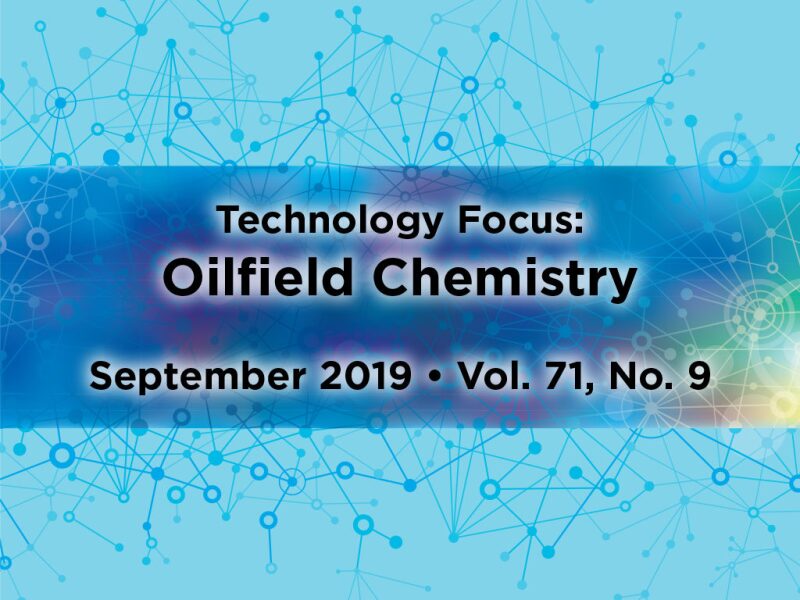The growth in deepwater production is apparent to anyone who works even vaguely close to this section of the industry. Deepwater production continues to increase and is an important part of oil growth up to and beyond 2030, when it may be as high as 12 million–13 million BOPD. Deepwater production is fueled by the Golden Triangle of Brazil, the Gulf of Mexico, and West Africa.
One of the more technologically challenging production-chemistry applications in deep water is the control of gas hydrates. Hydrates are a high-pressure/low-temperature phenomenon where, under the correct conditions, produced gas will complex with water and form catastrophic ice-like blockages in subsea infrastructure. Deepwater subsea flowlines offer an almost perfect hydrate-formation environment, and control measures must be taken.
Several methods exist for hydrate control, and they can be classified broadly into mechanical (e.g., insulation, hot-oil circulation) or chemical solutions. The chemistry can be divided into thermodynamic inhibitors (e.g., alcohols, glycols) and low-dose hydrate inhibitors (LDHIs). Antiagglomerates, or AAs, are a major class of LDHI and are exclusively used in deepwater environments because of the severe hydrate-formation conditions (or subcooling) that can exist.
The early commercial use of AA chemistry in the oil field goes back as far as the 1990s. Since then, many advancements have been made and reported in the scientific, academic, and patent literature. In recent years, advancements have occurred at a tremendous rate, which is in line with the almost exponential growth in deepwater activity. The featured papers and recommended additional reading summarize the state of the art for LDHI AA research and development and have been selected to give readers a broad indication from both academia and industry around the world.
This Month's Technical Papers
Benefits of Low-Dosage Hydrate Inhibitors
Locally Sourced, Ecofriendly Hydrate Inhibitor Effective in Simulated Offshore Environment
Study Evaluates Hydrate Antiagglomerants
Recommended Additional Reading
OTC 29660 Biodegradable Antiagglomerant Chemistry for Hydrate-Plug Prevention in Various Production Conditions by Deepak Steven Monteiro, Halliburton, et al.
OTC 28935 Early Project Low-Dose Hydrate-Inhibitor Dosage Assumptions vs. an Extensive Laboratory Study by P. Conrad, Assured Flow Solutions, et al.
BHR 2018 143 Measurements of Dispersant Additive on Hydrate/Ice Slurry Transport by A. Melchuna, Colorado School of Mines, et al.



